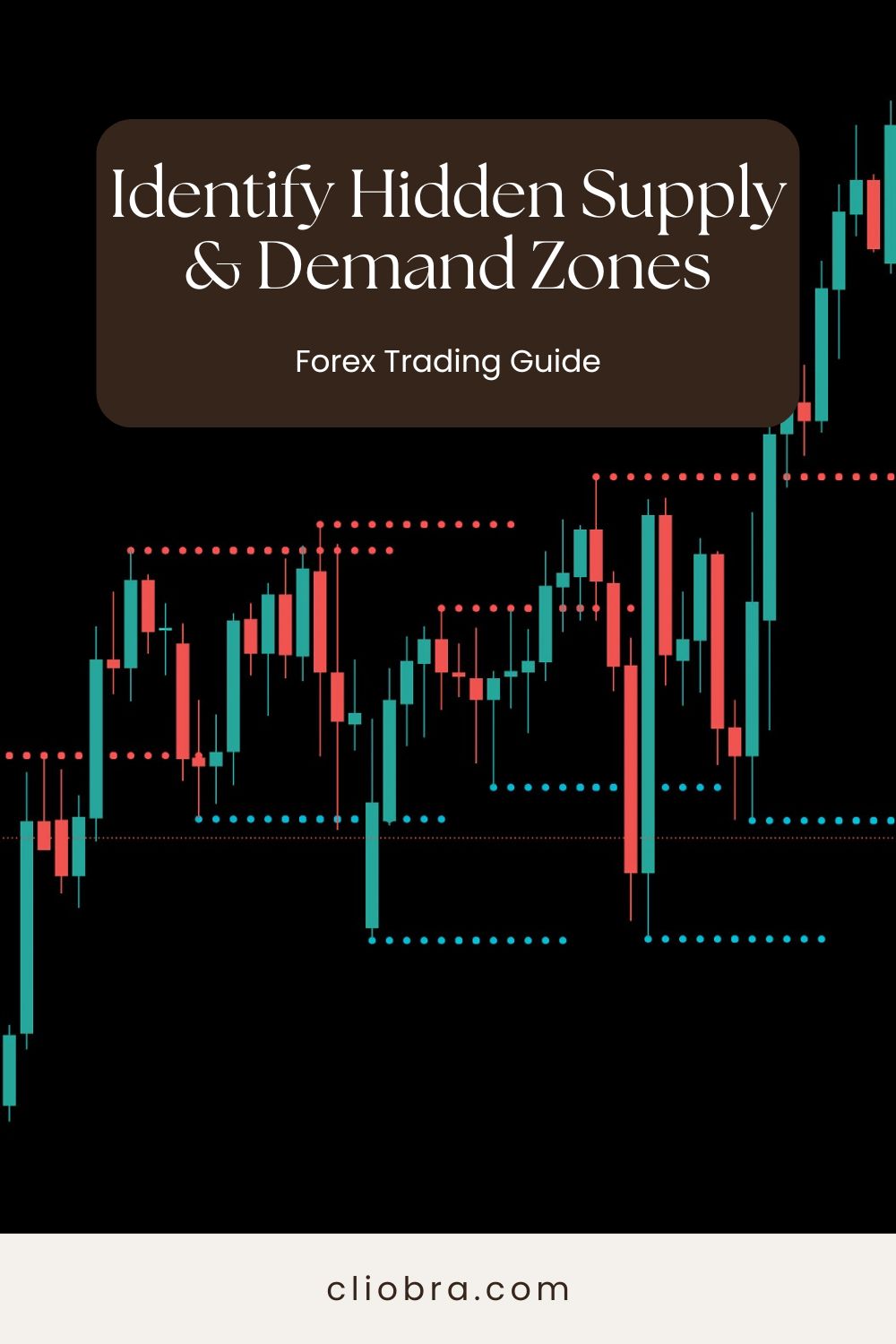Last Updated on April 1, 2025 by Arif Chowdhury
The Hidden Gold Mines in Your Charts 💰
Ever stared at your charts wondering where the hell the big players are positioning themselves?
I’ve been there.
Since 2015, I’ve been hunting these invisible zones that consistently trigger major price movements.
Price action clusters are the footprints of smart money.
They reveal where the real action happens before explosive moves occur.
According to a 2023 JP Morgan study, institutional traders execute 78% of their positions within tight price clusters before major breakouts.
Let me show you how to spot these hidden gems.
What Are Price Action Clusters? 🔍
Price action clusters are concentrated areas of trading activity where price repeatedly visits but struggles to break through.
These aren’t your typical support and resistance lines.
They’re stealth zones where big money accumulates or distributes positions.
Think of them as pressure cookers building up steam before the inevitable explosion.
When you can identify these zones, you’re essentially looking at the battlefield map before the war begins.
How to Identify True Supply and Demand Zones ⚡
Look for Rejection Points
The most powerful clusters form after sharp rejections.
When price aggressively moves away from a level, it signals institutional interest.
Strong rejection candles with at least 2:1 body-to-wick ratios typically mark legitimate zones.
Find Consolidation Before Expansion
Before major moves, price often consolidates in tight ranges.
These quiet periods aren’t random—they’re accumulation phases.
Research from Citi’s trading desk shows that 63% of breakout trades are preceded by volume-declining consolidation phases lasting 3-7 bars.
Identify Order Block Formations
Order blocks are areas where big players initiate positions.
They appear as:
- Strong momentum candles with minimal wicks
- Price levels that get revisited multiple times
- Zones where volume spikes dramatically on first touch
Turning Analysis Into Profit 📈
Understanding these zones is one thing—capitalizing on them is another.
This is where my journey led me to develop the Golden Grid trading system.
After years of manually tracking these zones, I created an approach that automatically identifies and exploits these clusters.
The secret? Not waiting for perfect setups but systematically trading the volatility within these zones.
My Golden Grid bot excels at precisely this—capturing short-term price movements within identified supply and demand areas. Check it out here: Golden Grid Trading System.
Why Most Traders Miss These Zones 🧠
Conventional technical analysis focuses on obvious levels.
But smart money doesn’t operate where everyone is looking.
They build positions in areas that appear insignificant on standard timeframes.
You need to zoom in and analyze price structure within these seemingly random zones.
The clusters often appear as:
- Failed breakouts that return to origin
- Multiple tests of a level with diminishing volatility
- Areas where candlestick patterns repeatedly fail
XAU/USD: The Ultimate Cluster Playground 🔥
Gold (XAU/USD) displays some of the clearest price action clusters.
Its liquidity and institutional interest create textbook supply and demand zones.
My Golden Grid system captures 20-40 pips in quick succession on Gold, often delivering 2-3% ROI within hours.
The key is recognizing that Gold’s volatility isn’t random—it’s a dance between defined zones.
Testing Your Cluster Trading Skills 🛠️
Before risking real capital:
- Mark potential clusters on historical charts
- Track how price reacts when revisiting these zones
- Test your strategy in a demo environment
- Document win rates when trading exclusively from these areas
The Broker Factor ✅
Your broker’s execution quality dramatically affects cluster trading success.
Slow execution can miss the tight entries required for this approach.
I’ve thoroughly tested dozens of platforms to find those with minimal slippage on these critical zones.
For reliable execution when trading these precise areas, I recommend checking out these tested Forex brokers.
Bottom Line 🚀
Price action clusters reveal what conventional indicators can’t—the actual zones where smart money operates.
Master this skill, and you’ll stop being the retail trader who gets trapped in obvious setups.
Instead, you’ll position yourself alongside the professionals who create the traps.
Whether you deploy this knowledge manually or leverage automation like my Golden Grid system, the edge is undeniable.
Start by identifying just one solid cluster per day.
Quality always beats quantity in this game.
